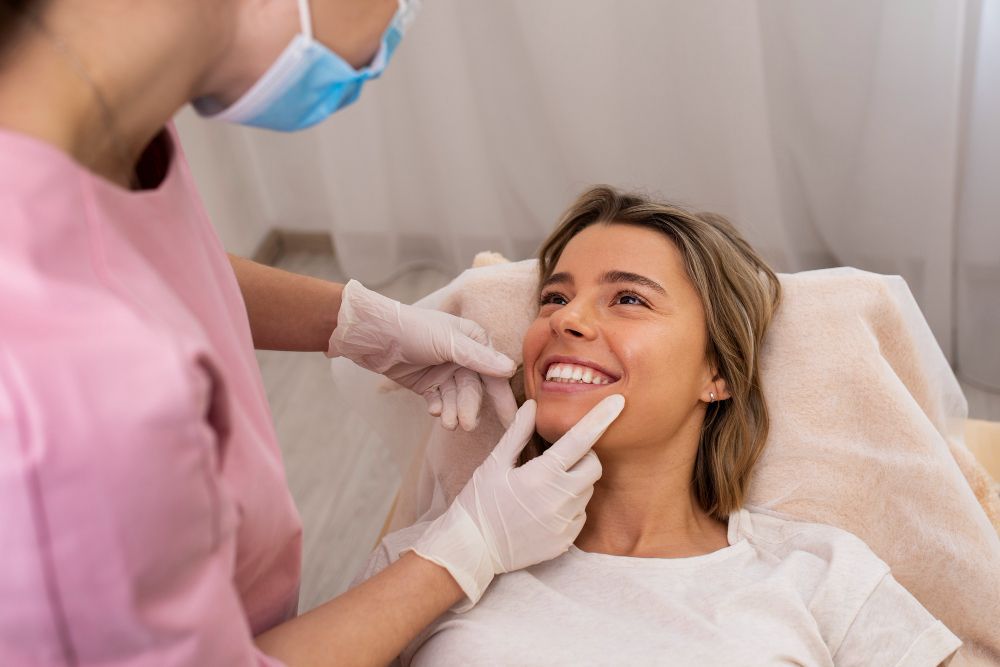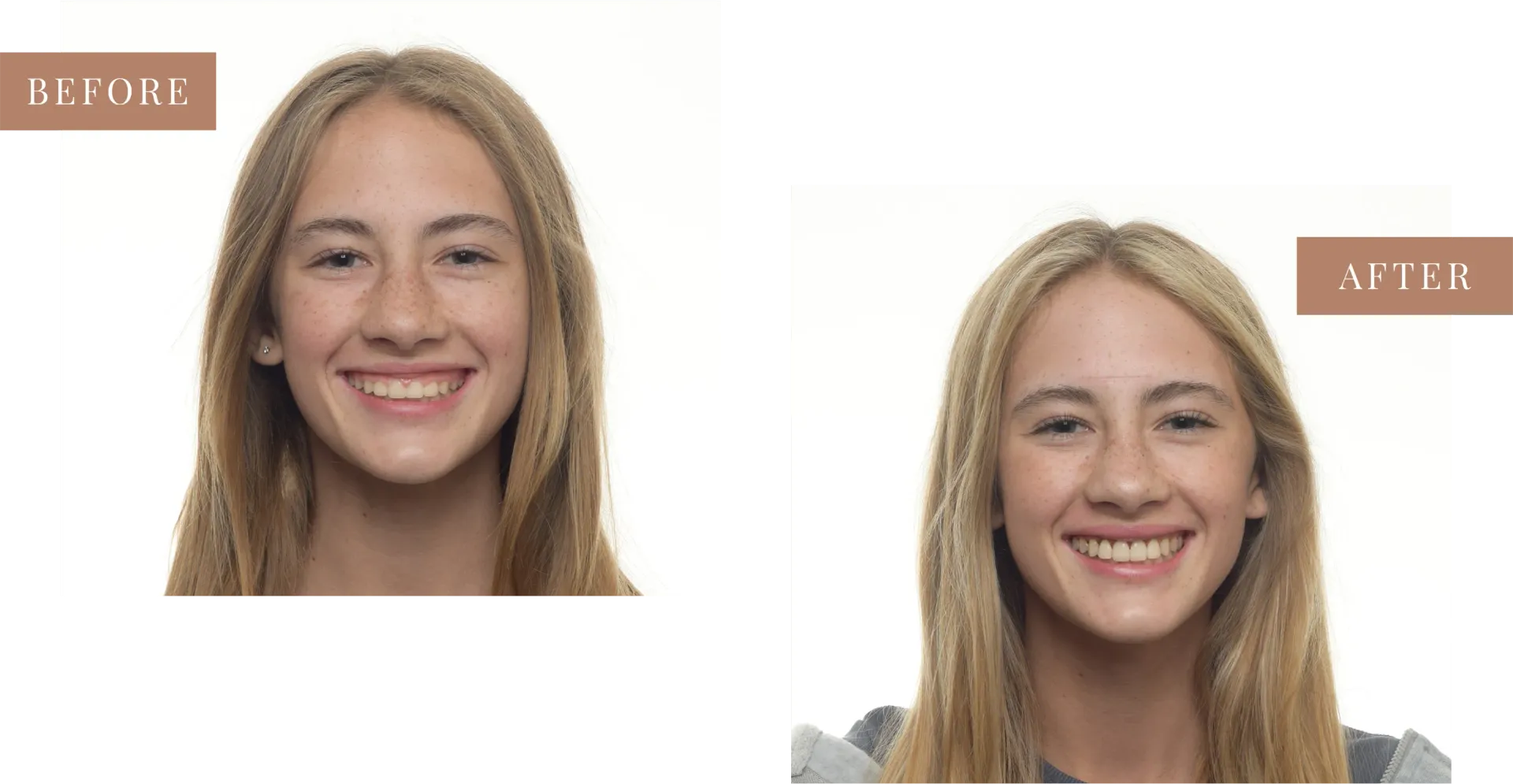How Spark Clear Aligners Compare to Traditional Braces: What El Paso Patients Should Know
Choosing orthodontic treatment is an exciting step toward achieving a healthy, confident smile. For many patients in El Paso, the big question is whether to go with Spark clear aligners or traditional braces. Both options can deliver excellent results, but they differ in how they look, feel, and fit into your daily life.
This guide will walk you through what makes Spark aligners unique, how they compare to braces, and which factors to consider when making your decision.
What Are Spark Clear Aligners and How Do They Compare to Braces?
Before weighing the pros and cons, it’s important to understand how each treatment works.
Spark Clear Aligners: These are removable, nearly invisible trays made from TruGEN™ material. Spark aligners are known for being more comfortable, stain-resistant, and clearer than many other aligner brands. They gently guide your teeth into position using a series of custom-made trays.
Traditional Braces: These use brackets and wires to gradually move teeth into place. They’re fixed to your teeth, so they work around the clock without patient intervention. Braces can treat a wide range of complex orthodontic issues with precision.
Key Comparison Points
When comparing Spark aligners and braces, here are the main aspects patients usually consider:
- Aesthetics: Spark aligners are almost invisible, making them popular with teens and adults who want a discreet option. Braces, especially metal ones, are more noticeable.
- Comfort: Aligners have smooth edges and are less likely to irritate cheeks or gums. Braces can sometimes cause soreness or rubbing.
- Hygiene: Aligners are removed for brushing and flossing, which makes oral hygiene easier. Braces require special care to clean around brackets and wires.
- Dietary Flexibility: With aligners, you remove them to eat and can enjoy your normal diet. Braces limit sticky, hard, or crunchy foods.
- Treatment Suitability: Braces can handle more complex cases, while aligners work best for mild to moderate alignment issues.
- Appointments: Aligners often require fewer office visits. Braces need regular tightening every few weeks.
- Patient Compliance: Aligners must be worn 20–22 hours a day. Braces don’t depend on patient discipline since they’re fixed in place.
How to Decide Between Spark Aligners and Braces in El Paso
Making the choice depends on your dental needs, lifestyle, and priorities. Here are key factors to think about:
- Complexity of Orthodontic Needs
Braces may be better for severe crowding or bite issues. Spark aligners are effective for most mild to moderate cases. - Lifestyle and Appearance
If you want a discreet option for work, school, or social settings, aligners are a strong choice. - Oral Hygiene Habits
Patients who struggle with brushing around brackets may prefer aligners, since they can be removed for easy cleaning. - Comfort and Irritation
Aligners are smoother and usually more comfortable, while braces can cause occasional soreness. - Office Visits and Schedule
Spark aligners may require fewer appointments, which is helpful for patients with busy lives in El Paso. - Cost and Insurance
Costs can vary depending on your case. Both braces and aligners are often covered by orthodontic insurance and flexible payment plans. - Commitment to Wearing Aligners
If you’re confident you’ll wear aligners as directed, Spark may be the right fit. If not, braces remove the compliance factor.
Frequently Asked Questions
Here are answers to some of the most common questions patients ask when comparing Spark aligners and braces.
- Are Spark aligners as effective as braces?
For many cases, yes. Spark aligners effectively treat crowding, spacing, and bite problems. Braces may be more effective for severe or complex orthodontic needs. - Do I need to wear Spark aligners all the time?
Yes, aligners should be worn about 22 hours per day, removed only for eating, drinking (other than water), brushing, and flossing. - Will I need to change my diet with Spark aligners?
No. Since you remove the trays while eating, you can continue enjoying your favorite foods. With braces, certain foods should be avoided. - How often do I need orthodontic appointments?
Spark aligners typically require fewer office visits than braces, since you don’t need wires tightened. However, progress checks are still important. - What happens if I lose an aligner?
Contact your orthodontist right away. They may advise you to use the previous set or move forward, depending on your treatment stage.
Conclusion
Both Spark aligners and traditional braces offer proven ways to achieve a straighter smile. Spark aligners provide comfort, convenience, and discretion, while braces offer reliability and control for even the most complex cases.
If you’re in El Paso and considering orthodontic treatment,
Hansen Orthodontics can help you compare options and choose the one that best fits your lifestyle and smile goals. Dr. Hansen and his team provide personalized consultations, advanced technology, and flexible treatment plans designed around you.


